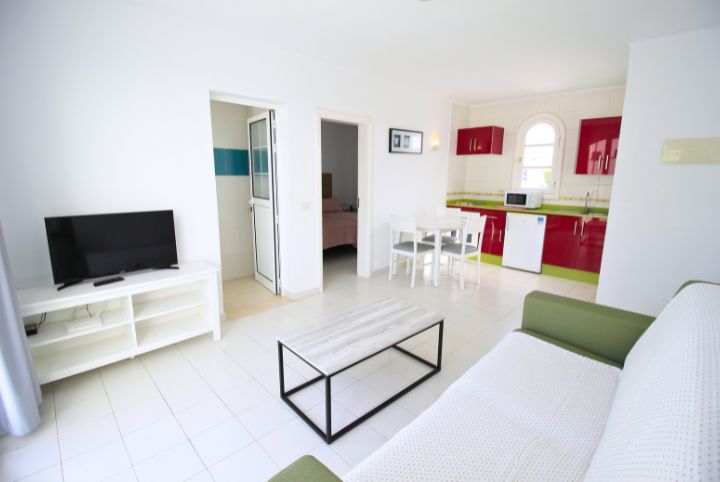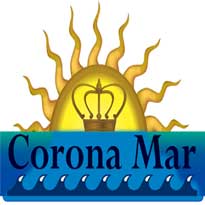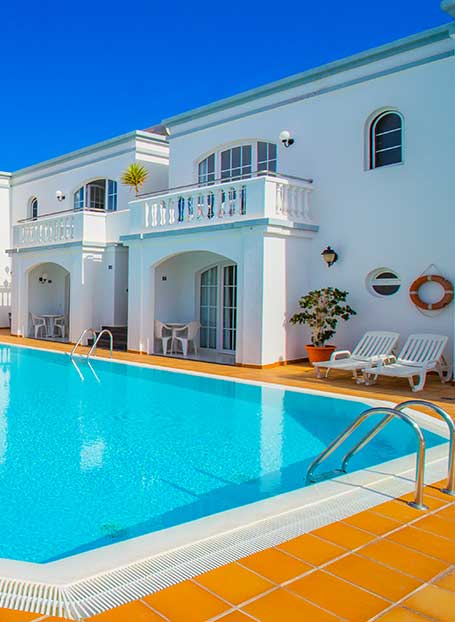
Welcome to Corona Mar Apartments Lanzarote.
Corona Mar offers you a professional and attentive service. Our challenge is to meet the expectations of all our customers, making your stay in Lanzarote an unforgettable vacation.
Very close to the apartments you can enjoy a wide range of leisure, with restaurants, bars, supermarkets, shopping centers, mini-golf, etc.
Please note that access to the apartments is via stairs.
A quick impression of Corona Mar Lanzarote Apartments.
Gallery of images and video
With the purpose of presenting an advance tour, we present several impressions of our facilities, in their entirety the images are original, they have only been processed by optimization software that improve lighting and color.
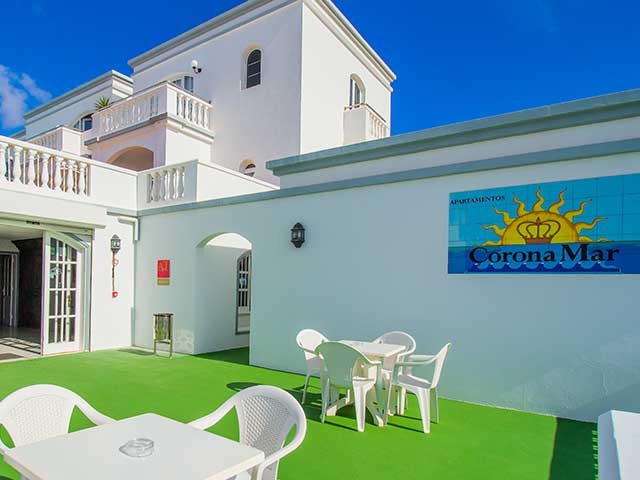
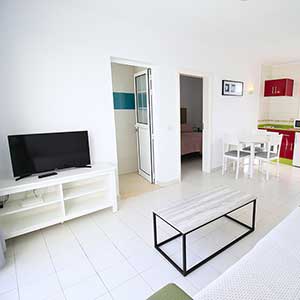
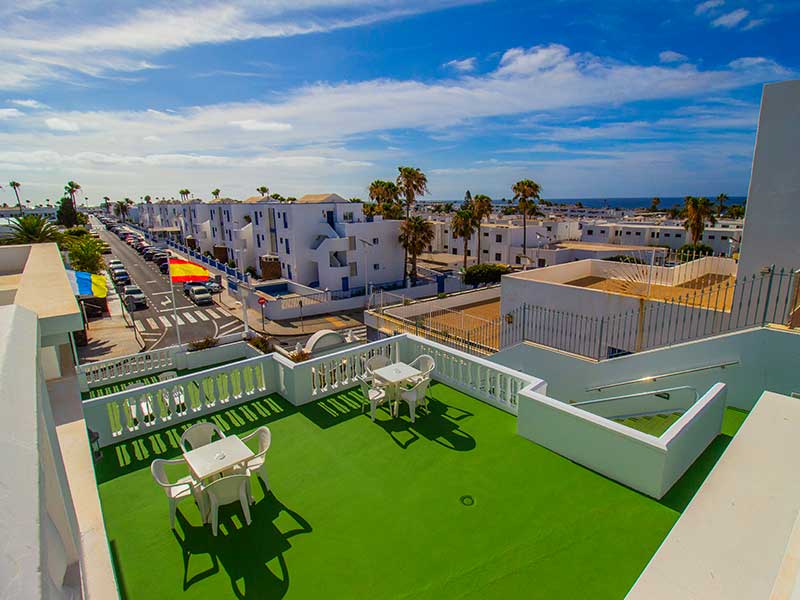
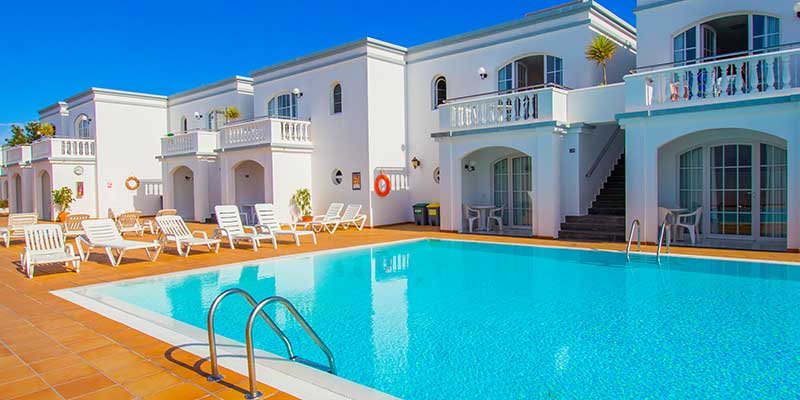
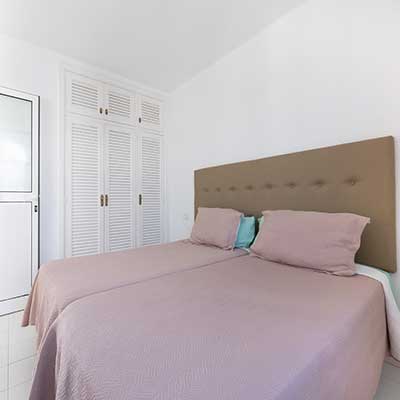
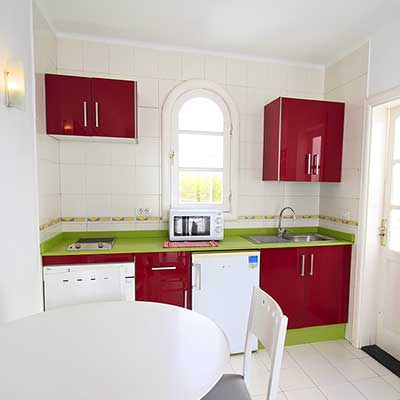
Our types of Apartments.
Our Apartments Corona Mar.
Corona Mar Apartments has 36 comfortable and spacious apartments perfectly equipped to ensure your rest.
- Check in from 2:00 PM and Check out before 11:00 AM.
Rating and evaluation of our costumers.
Satisfaction Statistics
The following table reports the average of the assessments made by our guests through the quality measurement system provided by the company Ecommerce Hotels.

